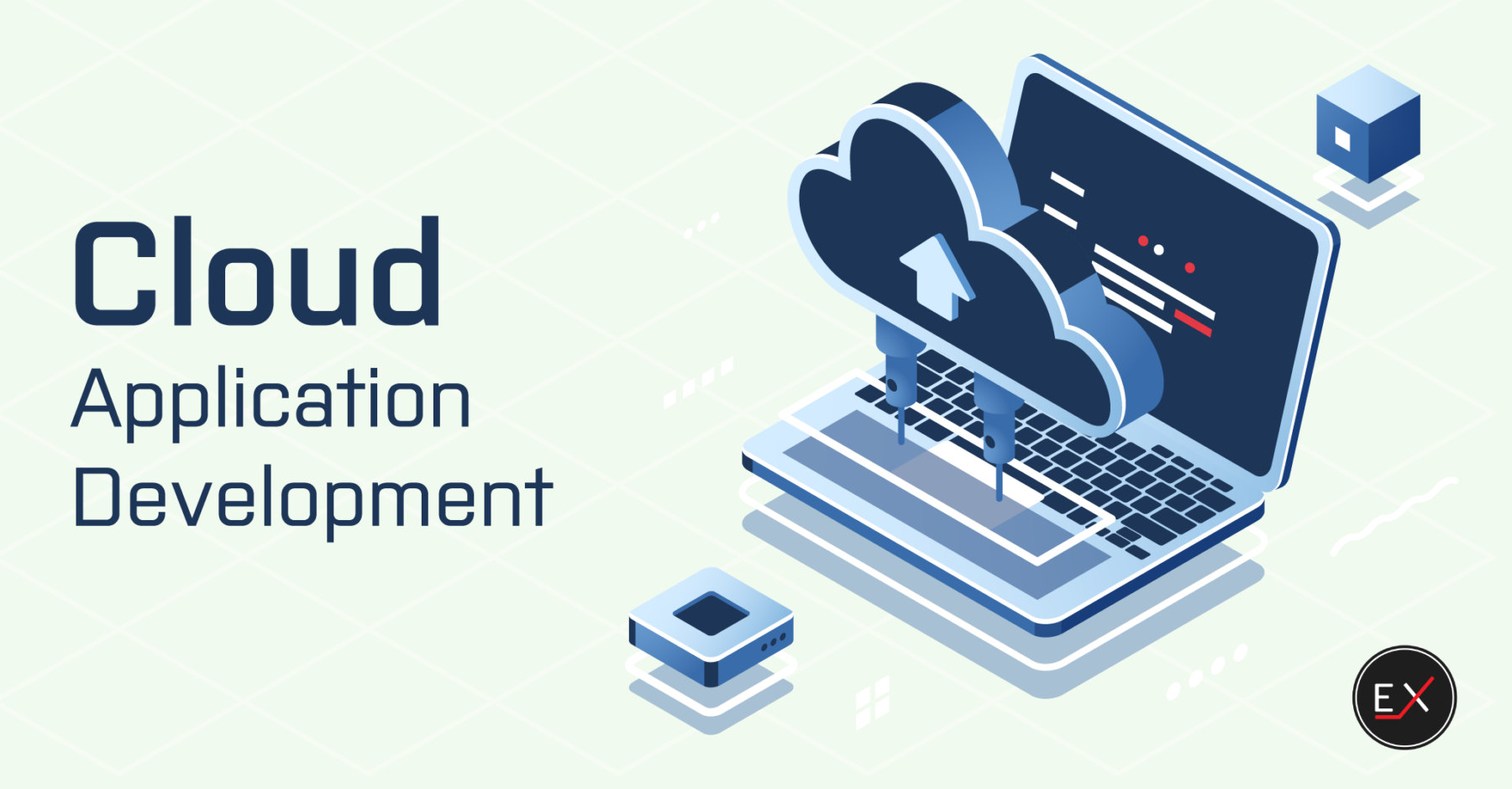Microsoft’s Kubernetes for the rest of us

Getting started with Azure Container Apps is relatively simple, using the Azure
Portal and working with ARM templates or programmatically via the Azure CLI. In
the Azure Portal, start by setting up your app environment and associated
monitoring and storage in an Azure resource group. The app environment is the
isolation boundary for your services, automatically setting up a local network
for deployed containers. Next create a Log Analytics workspace for your
environment. Containers are assigned CPU cores and memory, starting with 0.25
cores and 0.5GB of memory per container, up to 2 cores and 4GB of memory.
Fractional cores are a result of using shared tenants, where core-based compute
is shared between users. This allows Microsoft to run very high-density Azure
Container Apps environments, allowing efficient use of Azure resources for small
event-driven containers. Containers are loaded from the Azure Container Registry
or any other public registry, including Docker Hub.
Should SMBs Hire Tech Talent Or Outsource?

Taking the work outside the company network reveals a lot of vulnerabilities of
the systems. The in-house network and technologies are the best to work on any
solution development as they have better security, and every team member would
work on keeping it safe. There are no trust issues with your own teams, and it
is much simpler to control, track, and communicate right with the members. Here
comes the difficult part: Having an in-house team is quite expensive. Let’s
consider that the base salary of a developer in India is Rs 6 lakhs per annum.
Multiply this for four members, and it comes to Rs 24 lakhs. Of course, this is
the least that one has to spend. As the designation increases, so do the
salaries. Tech managers are not just expensive but also hard to find. Also,
there are added costs of systems, supporting software & tools and training
expenses. Since developers need to constantly upskill themselves to stay
relevant, that means they will need support to visit conferences and even buy
online training courses.
Ready for cloud? Five factors to consider before choosing your partner

In cloud computing, cost isn’t everything, but it’s pretty darn important.
That’s why prospective customers really must look at cost options up front for
all key services including compute, storage and networking. Outbound
networking charges, in particular, have been a sore point for many, many early
cloud customers. These “data egress” charges accrue when data is shipped out
of a given cloud to the Internet and beyond. Virtually no cloud player charges
for data streaming into its cloud from customers, but one first-generation
provider notoriously starts the meter running after one GB of data ships out
per month to the internet. Those dollars add up incredibly fast, leaving many
customers shell shocked because they probably didn’t realize — or could not
predict — how much data they might transfer at some point in the future. OCI,
on the other hand, starts charging only after 10 TB of data ships out. This
means our customers can transfer 10,000 times as much data with OCI as they
could with the other provider, without paying a cent.
Managers aren't worried about keeping their IT workers happy. That's bad for everyone

The lack of focus on employees is also highlighted in responses related to
flexible work, NTT Data said: just 21% of executives rated flexible-working
options as a top contributor to employee satisfaction – the lowest of any
response. This flies in the face of the numerous reports that suggest that
flexible-working options are not only important to employees, but something
they would consider leaving their jobs over. According to global management
consultancy McKinsey, some 15 million Americans have quit their jobs since
April 2021. This trend is predicted to carry over into 2022. Research from
analytics platform Qualtrics this month found that 65% of workers plan to
remain with their employer next year, compared to 70% in 2021. The research
was based on nearly 14,000 full-time employees across 27 countries. Workers in
the tech industry appear even more likely to seek new opportunities in the
coming months. In an October survey of 1,200 US tech and IT employees by
TalentLMS and Workable, 72% said they intended to leave their job within the
next 12 months.
Lambeq, a Toolkit for Quantum Natural Language Processing

NLP in quantum computing is a complex undertaking that moves from the
sequential nature of the spoken word to something less one-dimensional. “The
point is that humans evolved language after they evolved a mouth-hole for
breathing and eating,” Coecke said. “This physical restriction forces us to
speak one word at a time in sequence. This is how we write, too. However, the
concepts that we express, the stories we tell, the information we convey to
each other, form a dependency network whose connectivity is higher than
one-dimensional. Even syntax trees … that you learn in school, that encode
dependency information inside a sentence, are two-dimensional structures.
Going further, connecting sentences together forms a large network of
dependencies between meanings. Telling a story means doing a walk over this
network, and this time-ordering gives rise to what I call a ‘language
circuit.’” Quantum computers are better suited than classical systems for
running NLP workloads, he said.
Open Source Project Aims to Detect Living-Off-the-Land Attacks

The LotL Classifier uses a supervised machine learning approach to extract
features from a dataset of command lines and then creates decision trees that
match those features to the human-determined conclusions. The dataset combines
"bad" samples from open source data, such as industry threat intel reports,
and the "good" samples come from Hubble, an open source security compliance
framework, as well as Adobe's own endpoint detection and response tools. The
feature extraction process generates tags focused on binaries, keywords,
command patterns, directory paths, network information, and the similarity of
the command to known patterns of attack. Examples of suspicious tags might
include a system-command execution path, a Python command, or instructions
that attempt to spawn a terminal shell. "The feature extraction process is
inspired by human experts and analysts: When analyzing a command line,
people/humans rely on certain cues, such as what binaries are being used and
what paths are accessed," Adobe stated in its blog post.
How to Start Cloud Application Development

The IT market is constantly changing so it’s important to keep track of the
most popular technologies. StackOverflow survey provides detailed information
about the most used scripting and markup languages. Among them, there are
Java, Node.js, ASP.NET, and others used for back-end development. Another part
of the survey gives us statistics about the most popular JavaScript frameworks
used for front-end development. As it was already mentioned, companies choose
cloud application development to reduce costs, save time, and achieve high
efficiency and high performance. Many IT industry giants launched their own
PaaS (Platform as a Service) products to provide ISVs and enterprises with
reliable and secure cloud hosting. The choice is wide and can address the
needs of cloud application development at any scale. Moreover, all of them
have their own advantages and killer features. The choice of the cloud
services provider is as much important as a choice of a backend or frontend
technology. Besides obvious things like the cost, it impacts how easily it
will be for your DevOps to work with, how scalable the app will be, etc.
3 Ways to Deploy Machine Learning Models in Production

Most data science projects deploy machine learning models as an on-demand
prediction service or in batch prediction mode. Some modern applications
deploy embedded models in edge and mobile devices. Each model has its own
merits. For example, in the batch scenario, optimizations are done to minimize
model compute cost. There are fewer dependencies on external data sources and
cloud services. The local processing power is sometimes sufficient for
computing algorithmically complex models. It is also easy to debug an offline
model when failures occur or tune hyperparameters since it runs on powerful
servers. On the other hand, web services can provide cheaper and near
real-time predictions. Availability of CPU power is less of an issue if the
model runs on a cluster or cloud service. The model can be easily made
available to other applications through API calls and so on. One of the main
benefits of embedded machine learning is that we can customize it to the
requirements of a specific device.
Council Post: AI Is Not Just Data Sciences

AI is no stranger to workplaces today. Fifty-three per cent of global leaders
have integrated or are integrating AI into their workforce to enhance their
business insights. While IDC has predicted that by 2022, 75% of enterprises
will have embedded intelligent automation into technology and process
development, the key aspect to consider is how and through which job roles
organisations are going about incorporating AI in their workforce. Recent
trends point towards broadening the scope of AI-driven roles in various parts
of the workforce. This entails data science job roles spanning across the
horizontal along with the vertical pillars of an organisation. With the
increased integration of AI and Data Science teams in organisations, it is
important for organisations and aspiring data science employees to understand
the breadth of job roles. Many leaders are under the fallacy that AI and
analytics can do with just data scientists, but the field is not limited to
them. In fact, it is not even limited to engineers or individuals with a data
science background.
Convolutional Layers vs Fully Connected Layers
Deep learning is a field of research that has skyrocketed in the past few
years with the increase in computational power and advances in the
architecture of models. Two kinds of networks you’ll often hear when reading
about deep learning are fully connected neural nets (FCNN), and convolutional
neural nets (CNNs). These two are the basis of deep learning architectures,
and almost all other deep learning neural networks stem from these. In this
article I’ll first explain how fully connected layers work, then convolutional
layers, finally I’ll go through an example of a CNN). ... Neural networks are
a set of dependent non-linear functions. Each individual function consists of
a neuron (or a perceptron). In fully connected layers, the neuron applies a
linear transformation to the input vector through a weights matrix. A
non-linear transformation is then applied to the product through a non-linear
activation function f.
Quote for the day:
"Go after your dream, no matter how
unattainable others think it is." -- Linda Mastandrea
No comments:
Post a Comment